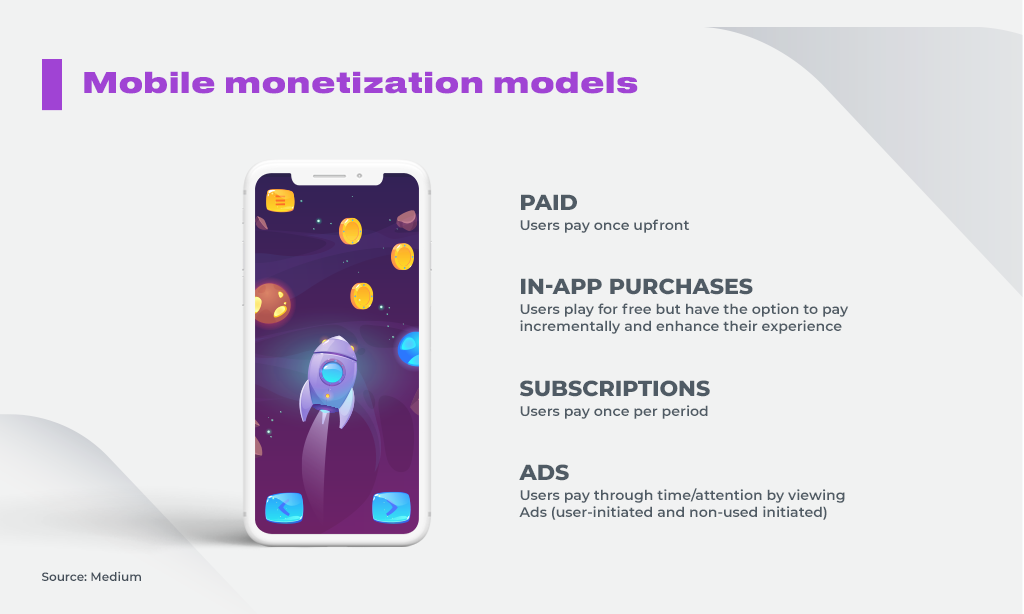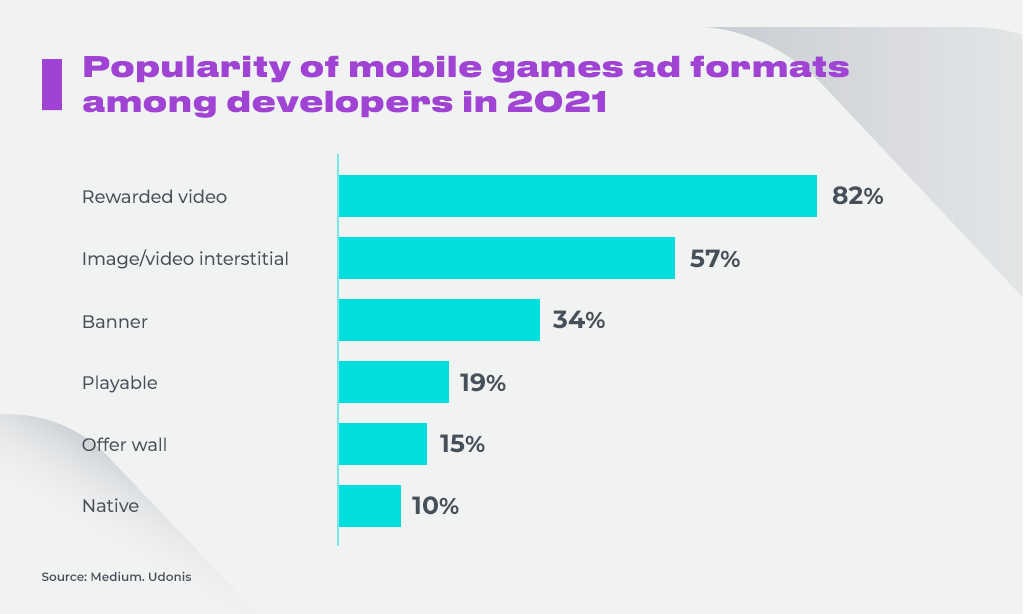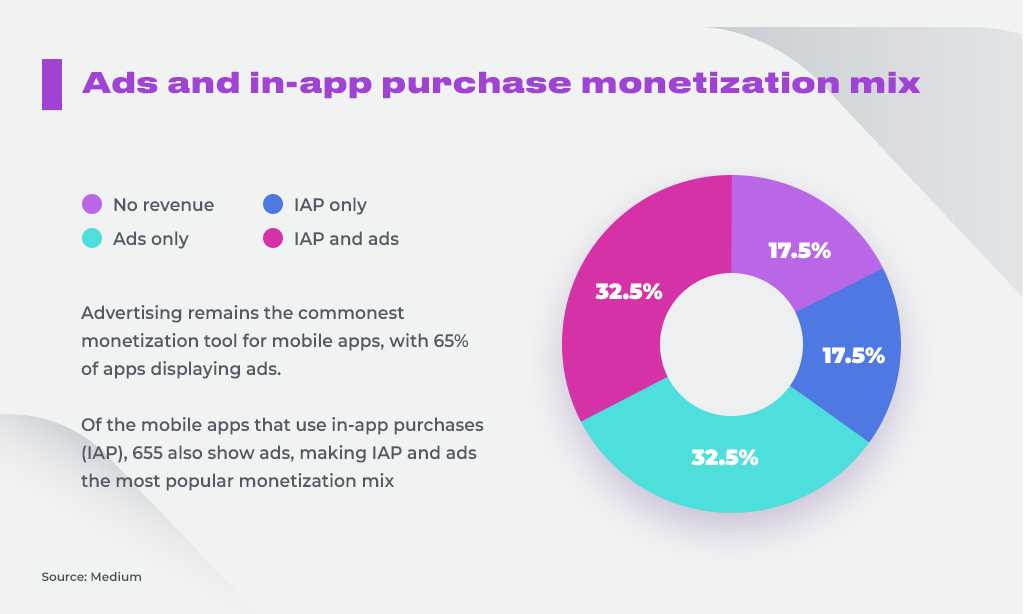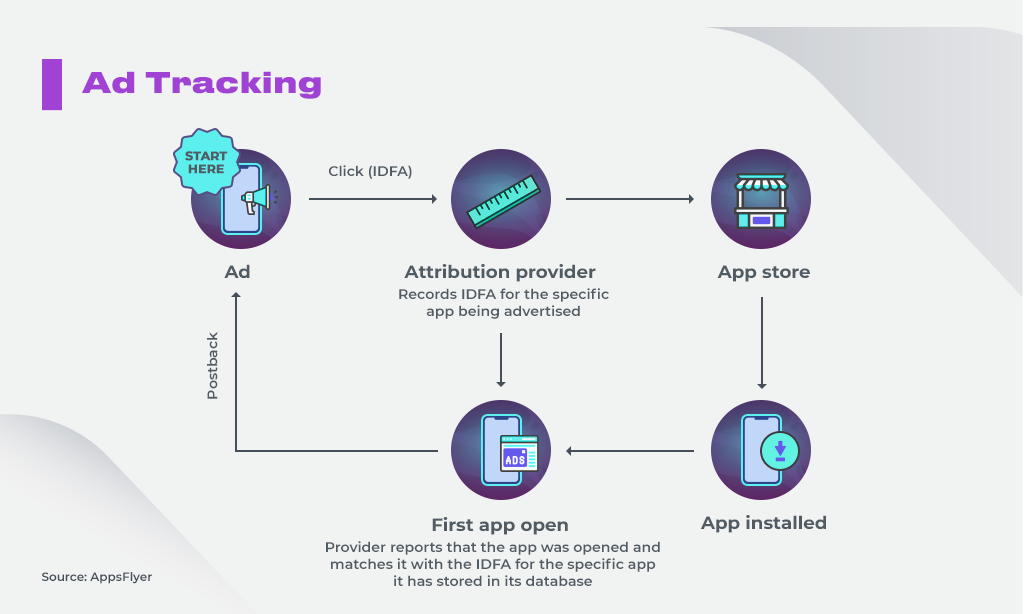Mobile games have become an important extension of the real world, where both players and viewers interact and spend their free time. Let’s take a deep dive into mobile game monetization and explore how you can connect with your core audience to generate higher revenue from your games.
To be successful in mobile game monetization, it’s important to understand what players expect from games and how they’re willing to spend money while playing. Additionally, you need to know what tools are needed to improve your genre-specific monetization strategies. By analyzing player behavior and understanding their preferences, you can tailor your monetization strategy to suit their needs.
Newzoo’s latest market predictions show that mobile gaming, with a 5.1% increase, will generate revenues of $103.5 billion this year (53% of the market). They believe that “the market is on track for even further growth in the years to come—even in the face of challenging economic conditions”. Effective monetization strategies can lead to quick ROI and high revenues.



